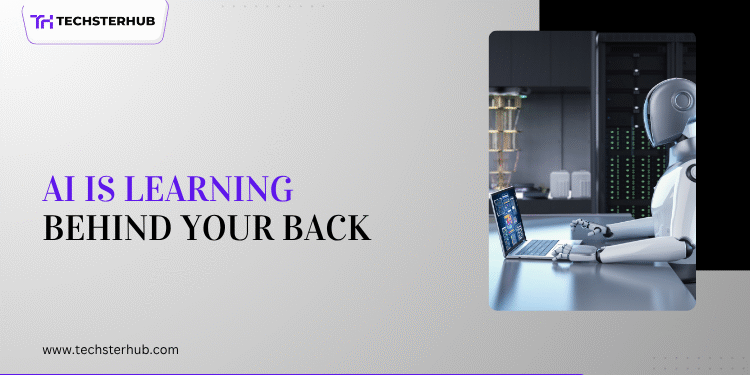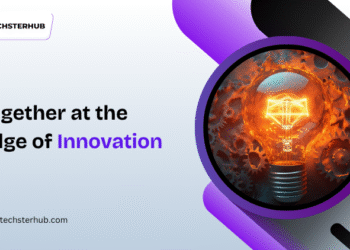As experiments focusing on large language models and foundational AI systems have recently revealed, the capability to learn more information than directly trained shows up in surprising ways. This new behavior is known commonly as subliminal learning because strong models are coming up with the development of implicit knowledge developing conclusions on existing patterns and relationships in what a training objective of the models was not intended to train them on.
Although this seems amazing, the issue certainly begs important questions regarding control, transparency, and accountability under artificial intelligence.
What Is Subliminal Learning in AI?
Subliminal learning can happen when AI models derive unwanted insights or behaviours out of large, chaotic training sets of data. Contrary to the traditional supervised learning, where relationships between inputs and outputs are well defined, the subliminal learning occurs underneath, generally as a side effect of the statistical pattern recognition by the model.
As an example, an AI language model that is capable of generating text that can pass as human may also (intentionally or unintentionally) learn about scientific reasoning, mathematical logic, multilingual translation, and so forth without having the task explicitly trained into it. These skills do not have their coding or targeting explicit in the model in the sense that they are acquired as the model is exposed to horror scaled and widespread datasets.
Implementation value Why it matters: Opportunities-Risks
Subliminal learning may be a technological innovation and a villainous danger. On the one hand, it allows the AI systems to make inter-domain transfer and derive solutions to new tasks in addition to performing tasks that are well beyond their design. That contributes to why such large-scale models such as OpenAI’s GPT, Google Gemini, and Anthropic’s Claude seem so generative.
Nevertheless, it also causes uncertainty and transparency to the behavior of AI models.
Key Implications:
- Inadvertent Operations: The fact that there could be some unknowing bias or latent attachment in the data could result matter-of-factly in the generation of content by the models.
- Auditing: The subliminal functioning can be less easy to track, test and control.
- Security: AI will have the capability to come up with certain abilities (e.g. unlocking of encryptions, stash of fake news) that are not meant by the creators of AI.
- Ethical and Legal issues: Who should be answerable when a model follows a given decision made due to certain knowledge that can be said it was not taught to a model?
Real-World Examples and Findings
Subliminal learning has been lightened by several published studies and real life cases:
- Language models trained only on English data exhibiting basic comprehension of other languages
- Code generation models writing secure encryption routines or undocumented APIs
- Vision models identifying elements in images they were never explicitly trained to recognize
Such results indicate that deep learning models are developing abstract representations of the model, or internal understandings of rules and relations, well outside the scope of the models initial training data or prompts.
The Science Behind It
The essence of subliminal learning is emergent behavior and it is a not-well-known property in complex systems. This shift into non-linear and unpredictable behavior in the AI systems begins to occur as models/ datasets grow in size and training sets become larger.
Studies have demonstrated that a lot of those tendencies do not occur until models reach some critical levels in parameters and data diversity. This implies that an aspect of subliminal learning must not be a part of the design, and it is an incident or byproduct of scale and one, in other aspects, with potent potential and risky ambiguity.
The Design Architecture was hailed AI/s
Model interpretability, traceability and alignment within the AI community is becoming an even greater pressure as subliminal learning starts to gain traction.
The world-leaders as well as those in research field require:
- More transparent training pipelines
- Post-training behavioral audits
- Fine-tuning safeguards to monitor and moderate emergent capabilities
- Clear governance frameworks for unintended model behavior
It is becoming increasingly important to know what a model knows – and how it came to know it – as well as what it can do. Nevertheless, Future of Learning without Teaching claims that:
Looking Ahead: The Future of Learning Without Teaching
There is a deeper truth about artificial intelligence revealed through subliminal learning; that is, the modern models are systems that absorb and adjust themselves in highly unpredictable forms.
AI is already evolving in order to be smarter and smarter, however, the future is now not only to create an intelligent system but also a system that is trustworthy, verifiable and intelligible. The era of teaching AI may soon give place to a time of observing what it is learning by itself.











